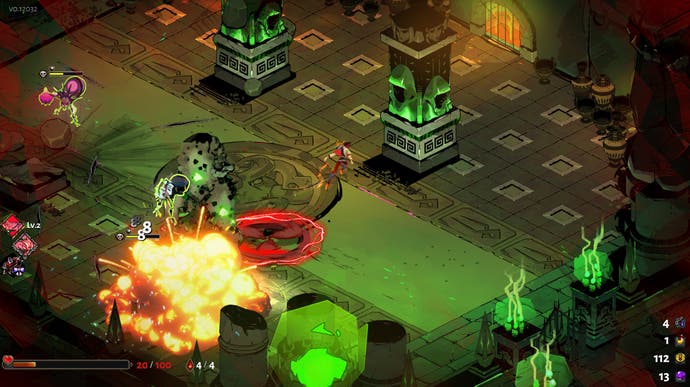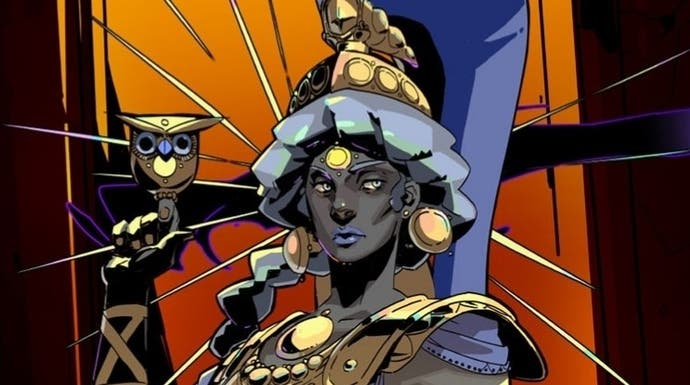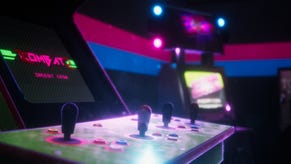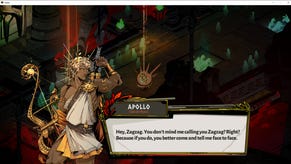Hades and the texture of the world
Crash!
Hades is the latest game from Supergiant, a studio that sometimes seems to rival Klei Games in terms of classiness and poise and sheer polish. Hades is all about ancient gods smashing things up in the underworld. It's a Roguelite in which you fight your way through a shifting maze of classical horrors again and again and again. There is so much that's good about it I'm aiming to write something more comprehensive next week. For now, though, I wanted to talk about something I probably don't think about enough in games: the texture of the in-game world.
This is mythology, right, so it's all ancient temples and grandeur. What makes Supergiant's spin so memorable, though, is that the art really delivers a sense of what this world is like to touch. And what it's like to touch is slightly surprising. Everything around you in Hades is made of stone, but it's stone that seems to shatter like glass. It's glossy and heavy, but it's also fragile. It splinters and explodes as you barrel your way through the world, giving everyone you encounter a bit of a shoeing. Are you powerful, or is the world flimsy?

Glossy, polished, angular stone. This gives Hades a good deal of its character, I think. What a strange, lurid, heavy crystalline world this is. And it's all in service to the theme. Gods are weird in Hades, as they are in a lot of mythology. They're skittish and decadent and childish and unpredictable, and they like lavish temples of smooth reflective surfaces. And the whole thing's a bit precarious, too. These creatures fight all the time and fall out and smash each other in, and so their world has retained some of that depraved delicacy.
Lots of games come with their own textures, I think. I can't even picture Tomb Raider without hearing, somewhere in my head, that deep, gritty shifting sound, of heavy stone, scattered with sand, moving over heavy stone. I can't think of Fortnite without the cartoonish jelly wobbling of the environment when it's under stress coming to mind. One of the reasons these worlds are so appealing is that we know what they look like, because we can see it for ourselves, but the animation and sound effects also allow some part of the brain to create a model of what they would feel like, too. And for Supergiant, the land of the ancients is an old Vegas pleasure palace, fallen on hard times and filled with razor-sharp edges waiting to be exposed.
















